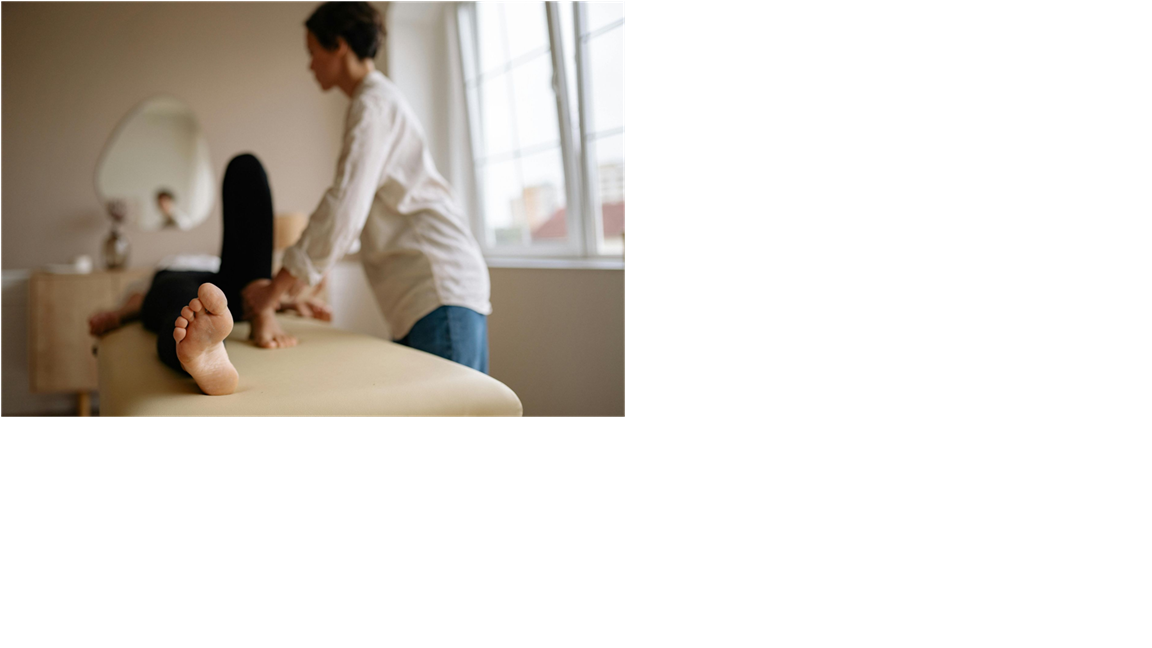Once distinct domains, the fields of fitness, wellness, and clinical healthcare are becoming increasingly intertwined…
Headaches and Chiropractic

If you have a headache, you’re not alone. Many people suffer from headaches — some are occasional, some frequent, some are dull and throbbing, and some cause debilitating pain and nausea.
What do you do when you suffer from a pounding headache? Do you grit your teeth and carry on? Lie down? Take pain medication and hope it goes away? There is an alternative.
Research shows that spinal manipulation therapy (SMT) – a centerpiece of chiropractic care – may be an effective treatment option for cervicogenic headaches, which are tension headaches and headaches that originate in the neck. Pain medications have limited effects on these types of headaches, so attention has turned to the use of non-drug options. A scientific review of research1 published in 2020 determined that SMT could be considered an effective treatment for tension headaches because it provides “superior, small, short-term effects for pain intensity, frequency and disability when compared with other manual therapies.” The authors recommend additional studies to better understand the findings.
Headache Triggers
Headaches have many causes, or “triggers.” These may include foods, environmental stimuli (noises, lights, stress, etc.) and/or behaviors (insomnia, excessive exercise, blood sugar changes, etc.). About five percent of all headaches are warning signals caused by physical problems.
Ninety-five percent of headaches are primary headaches, such as tension, migraine, or cluster headaches. These types of headaches are not caused by disease. The headache itself is the primary concern.
In addition, people today engage in more sedentary activities than they used to, and more hours are spent in one fixed position or posture. This can increase joint irritation and muscle tension in the neck, upper back and scalp, causing your head to ache.
What Can You Do?
Consider these lifestyle strategies to prevent and help alleviate headaches:
- If you spend a large amount of time in one fixed position, such as in front of a computer or on a cell phone, typing, playing video games or reading, take a break and stretch every 30 minutes to one hour. The stretches should take your head and neck through a comfortable range of motion.
- Low-impact exercise may help relieve the pain associated with primary headaches. However, if you are prone to dull, throbbing headaches, avoid heavy exercise. Engage in such activities as walking and low-impact aerobics.
- Avoid teeth clenching. The upper teeth should never touch the lowers, except when swallowing. This results in stress at the temporomandibular joints (TMJ) – the two joints that connect your jaw to your skull – leading to TMJ irritation and a form of tension headaches.
- Drink an adequate amount of water each day to help avoid dehydration, which can lead to headaches.
What Can a Doctor of Chiropractic Do?
Your doctor of chiropractic may take one or more approaches to alleviate pain from a primary headache:
- Perform spinal manipulation or chiropractic adjustments to improve spinal function and alleviate the stress on your system.
- Provide nutritional advice, recommending a change in diet and perhaps the addition of B complex vitamins.
- Offer advice on posture, ergonomics (work postures), exercises and relaxation techniques. This advice should help relieve the recurring joint irritation and tension in the muscles of the neck and upper back.
Doctors of chiropractic undergo extensive training to help their patients in many ways – not just back pain. They know how tension in the spine relates to problems in other parts of the body, and they can take steps to relieve those problems. Dr. Chawla specializes not only on the spine but extremities as well!
Avoid the Following Food “Triggers”
Certain foods can also contribute to the development of headaches:
- Avoid caffeine. Foods such as chocolate, coffee, sodas and cocoa contain high levels of the stimulant.
- Avoid foods with a high salt or sugar content. These foods may cause migraines resulting in sensitivity to light, noise or abrupt movements.
- Avoid drinking alcoholic beverages. These drinks can dehydrate you and cause headache pain.
- Some headache sufferers may want to avoid not only caffeine, but also high-protein foods, dairy products, red meat and salty foods.
Chiropractic Care Can Help
Talk to your doctor of chiropractic about other ways to prevent pain. Doctors of chiropractic are trained and licensed to examine and treat the entire body with specific emphasis on the nervous and musculoskeletal systems. In addition to their expertise in spinal manipulation, chiropractors are trained to recommend therapeutic and rehabilitative exercises, as well as to provide nutritional, dietary and lifestyle counseling.
For more information on prevention and wellness come see Dr. Chawla!
Reference
- Fernandez M, Moore C, Tan J, Lian D, Nguyen J, Bacon A, Christie B, Shen I, Waldie T, Simonet D, Bussières A. Spinal manipulation for the management of cervicogenic headache: A systematic review and meta-analysis. Eur J Pain. 2020 Oct;24(9):1687-1702. doi: 10.1002/ejp.1632. Epub 2020 Jul 20. PMID: 32621321.
**Permissions have been given to Chawla Chiropractic, PLLC to post by “American Chiropractic Association (ACA)” and reviewed by the ACA Editorial Advisory Board. This information is for educational purposes. It is not a replacement for treatment or consultation with a healthcare professional. If you have specific questions, contact your doctor of chiropractic.




